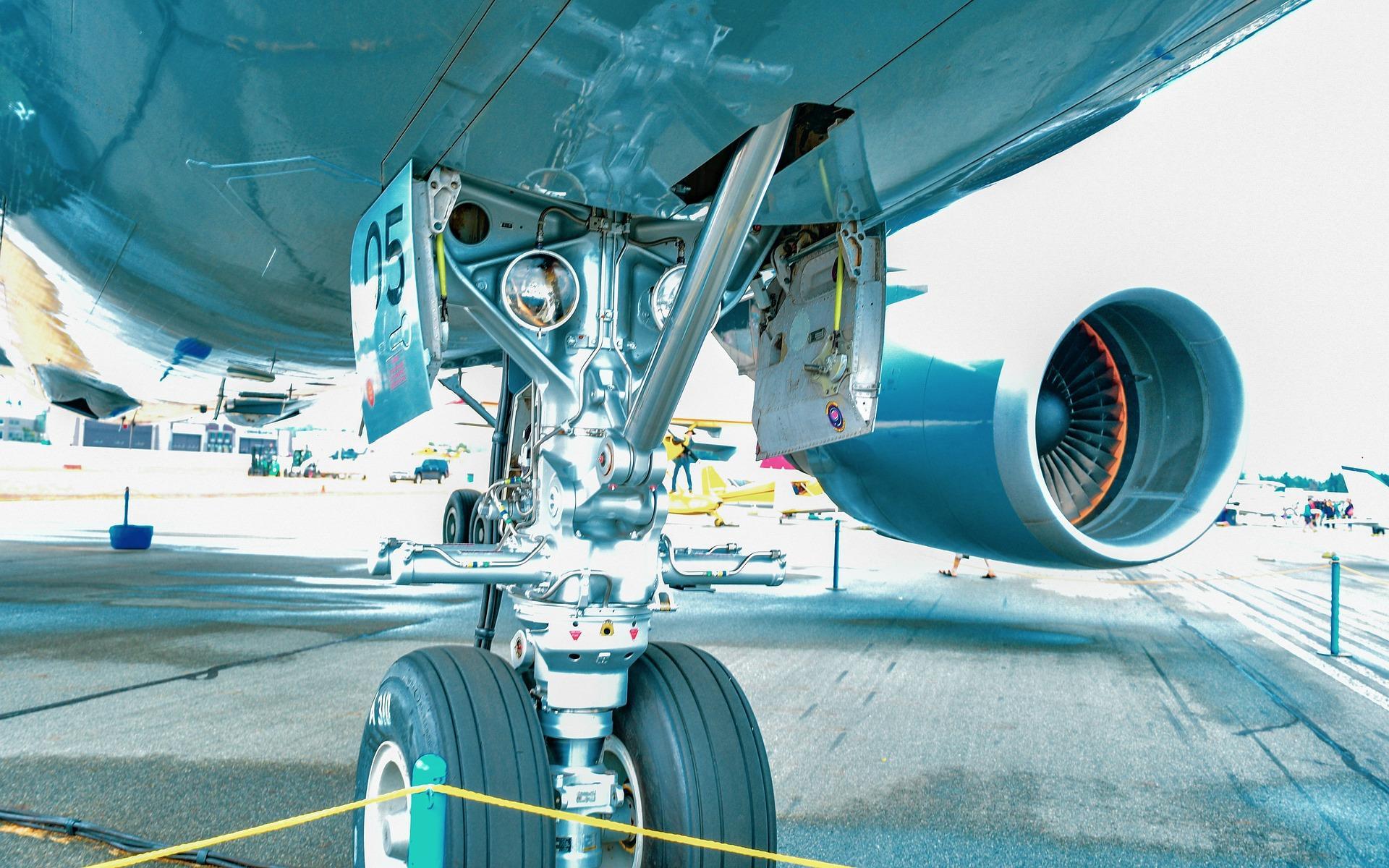Aircraft Power Systems per MIL-STD-704. This white paper delves into the world of aircraft power systems governed by the MIL-STD-704 standard. By exploring the intricacies of voltage, frequency, and other essential aspects outlined in the standard, this paper sheds light on the pivotal role that MIL-STD-704 plays in ensuring the efficiency, safety, and reliability of aircraft power systems.
Introduction: Aircraft power systems form the backbone of modern aviation, providing the lifeblood that drives onboard operations. The MIL-STD-704 standard, established by the United States Department of Defense, meticulously defines the criteria for power systems within military aircraft. This white paper offers a comprehensive insight into the specifics of the MIL-STD-704 standard as they pertain to aircraft power systems, particularly focusing on voltage, frequency, and other vital parameters.
Voltage and Frequency in MIL-STD-704: Voltage and frequency are at the heart of power supply reliability and proper functioning. The MIL-STD-704 standard elaborates on these aspects to ensure the stability and effectiveness of aircraft power systems:
- Voltage Limits: The standard outlines acceptable voltage limits for diverse operational conditions, spanning normal, abnormal, and emergency scenarios. Adhering to these limits is imperative to safeguard against voltage fluctuations that could impede the consistent operation of vital aircraft systems.
- Frequency Stability: Stable frequency levels within specified tolerances are crucial for maintaining synchronization between various aircraft systems and components. Frequency stability enables smooth communication and cooperation between systems, contributing to efficient aircraft operation.
Critical Aspects and Compliance: MIL-STD-704 encompasses a range of crucial parameters that aircraft power systems must adhere to:
- Transient Response: The standard emphasizes robust transient response, enabling power systems to gracefully handle sudden load changes and transient events without disrupting ongoing operations. A dependable transient response safeguards sensitive equipment from power disturbances.
- Phase Relationships: Proper phase relationships among power sources and loads are paramount for balanced power distribution. MIL-STD-704 mandates accurate phase relationships to prevent power imbalances and ensure efficient power utilization.
- Compatibility: The standard requires power systems to interface seamlessly with various aircraft equipment and subsystems, promoting consistent and reliable power supply throughout the aircraft.
Importance of MIL-STD-704 Compliance: MIL-STD-704 compliance extends beyond regulatory adherence; it influences the reliability, safety, and performance of aircraft power systems:
- Reliability: Compliance with MIL-STD-704 enhances the reliability of aircraft power systems, reducing the likelihood of unforeseen failures that could jeopardize mission success or passenger safety.
- Interoperability: Adherence to the standard ensures compatibility with a multitude of military equipment and systems, streamlining integration and communication between different components.
- Safety: Compliant power systems diminish the risk of power-related accidents or incidents that could endanger both the aircraft and its occupants.
- Maintenance Efficiency: Compliant power systems are more predictable and less prone to failure, resulting in reduced maintenance demands and minimized downtime.
Navigating Compliance: Best Practices: Achieving MIL-STD-704 compliance involves strategic approaches throughout the power system lifecycle:
- Early Design Integration: Integrate MIL-STD-704 requirements into the initial design phase, considering factors like transient response, voltage stability, and more from the outset.
- Rigorous Testing: Employ comprehensive testing methods, including simulations and real-world scenarios, to validate power systems’ ability to withstand diverse operational conditions.
- Component Selection: Opt for components capable of withstanding challenging environments and conditions. Correct voltage and frequency ratings are essential in building reliable power systems.
- Redundancy and Resilience: Integrate redundancy in critical power system components to ensure uninterrupted operation in case of failures, enhancing overall system reliability.
- Proactive Maintenance: Establish regular maintenance schedules to assess power system performance, identify potential issues, and prevent failures before they occur.
Conclusion: MIL-STD-704 sets the benchmark for the performance, reliability, and safety of aircraft power systems. This white paper has navigated the core aspects of this standard, particularly focusing on voltage, frequency, and critical parameters. By embracing the guidelines and best practices outlined here, aerospace manufacturers and operators can cultivate robust, efficient, and reliable aircraft power systems that stand up to the most challenging operational demands.
References:
- United States Department of Defense. (2012). MIL-STD-704H: Aircraft Electric Power Characteristics. Washington, DC.
- SAE International. (2007). ARP5015: Design and Installation of Aircraft Electrical Power Systems. Warrendale, PA.
- NASA Technical Standards Program. (2016). NASA-STD-4005: Standard for Aircraft Electric Power Systems. Washington, DC.
- Rodriguez, M. A., & Doulgeris, G. (2018). Aircraft Electrical Power Systems: Analysis, Modelling, and Control. CRC Press.
- Dempsey, A. (2015). Power Integrity: Measuring, Optimizing, and Troubleshooting Power-Related Parameters in Electronics Systems. McGraw-Hill Education.
- Kim, D. H., & Liang, Z. (2016). Improved Model for MIL-STD-704F Requirements of Aircraft Power Distribution Systems. IEEE Transactions on Aerospace and Electronic Systems, 52(1), 349-359.
- Wang, Y., Du, H., & Du, Z. (2017). Research on Transient Voltage Dips in Aircraft Electrical Power System. In 2017 IEEE 5th International Conference on Electric Power Equipment Switching Technology (EPEST), 1001-1005.
- Popescu, D. C., & Mecklenbräuker, C. F. (2013). Power Quality Enhancement of Aircraft Electrical Systems Using Hybrid Active Power Filters. IEEE Transactions on Industrial Electronics, 60(5), 1824-1833.
- Johnson, R. C., Johnson, K. E., & Guan, R. (2017). A Survey of Aircraft Electric Power Systems and Modeling Approaches. IEEE Transactions on Transportation Electrification, 3(2), 411-423.
- Green, J. L., & Bucher, C. A. (2017). A Survey of Electric Power Generation in Aircraft. SAE International Journal of Aerospace, 10(2), 187-196.





